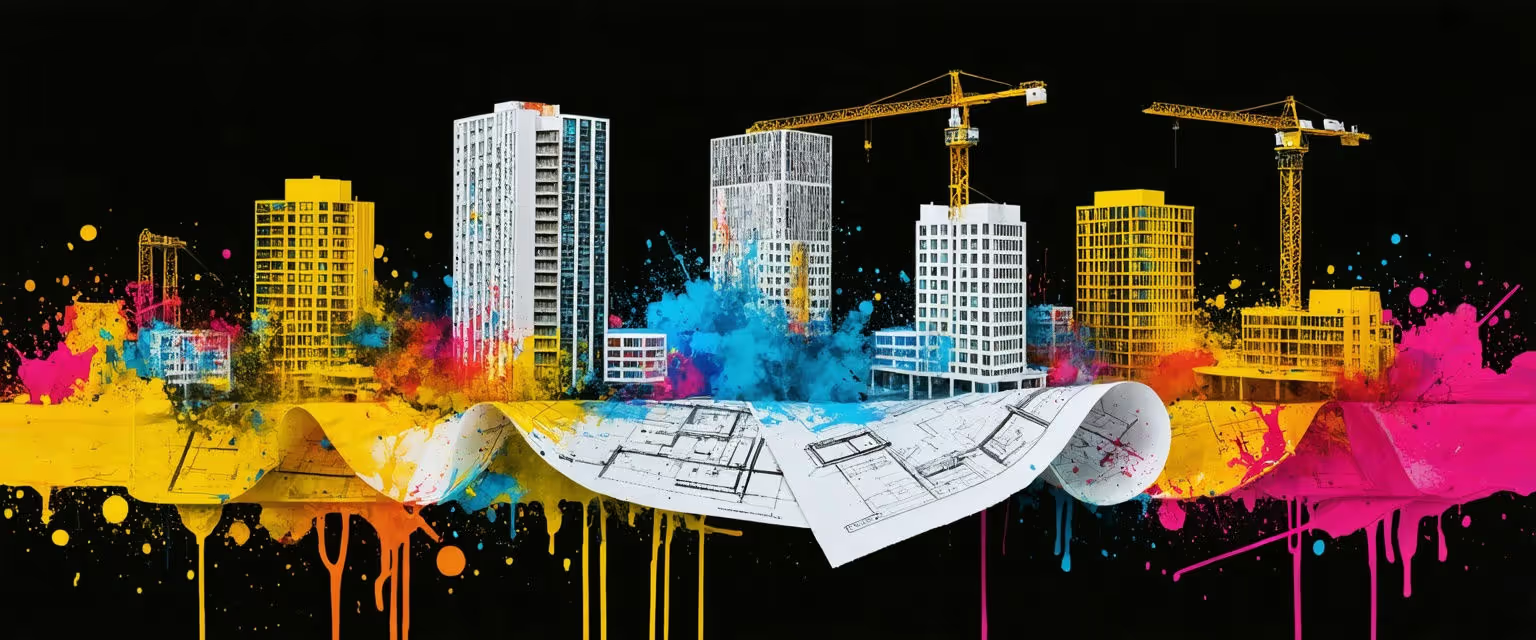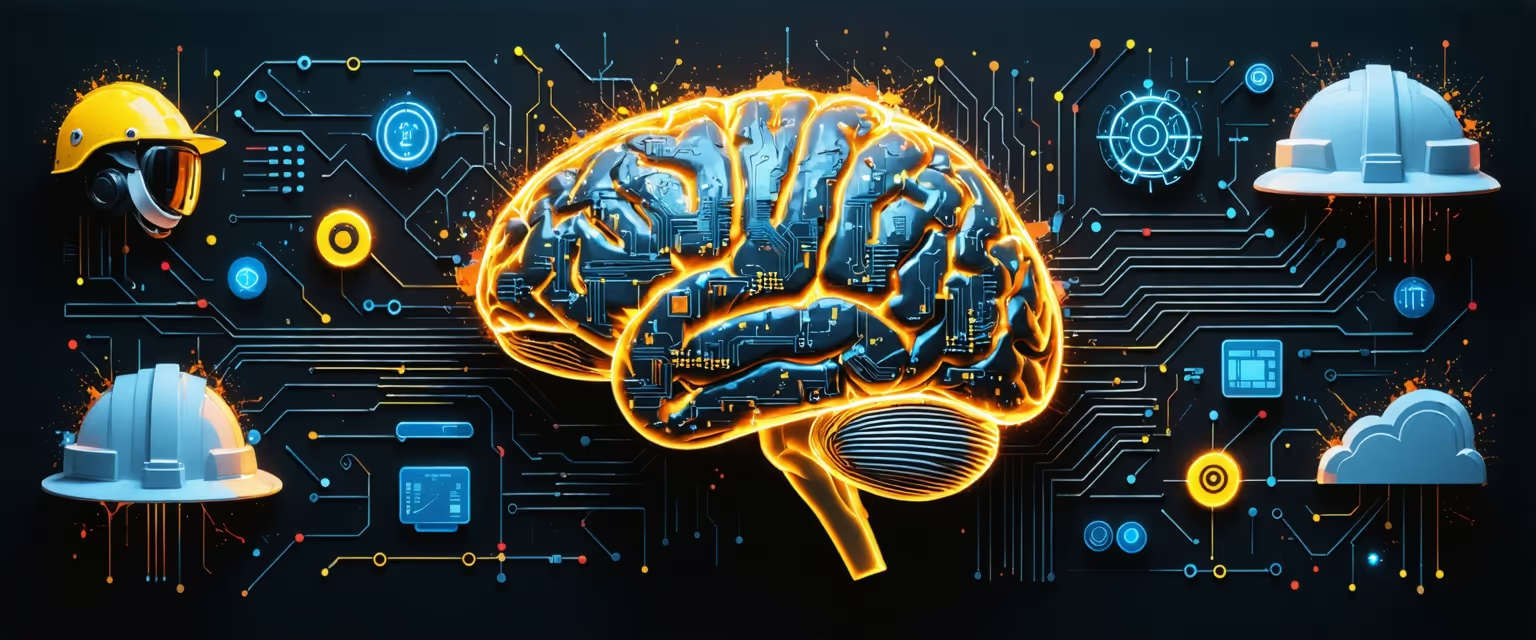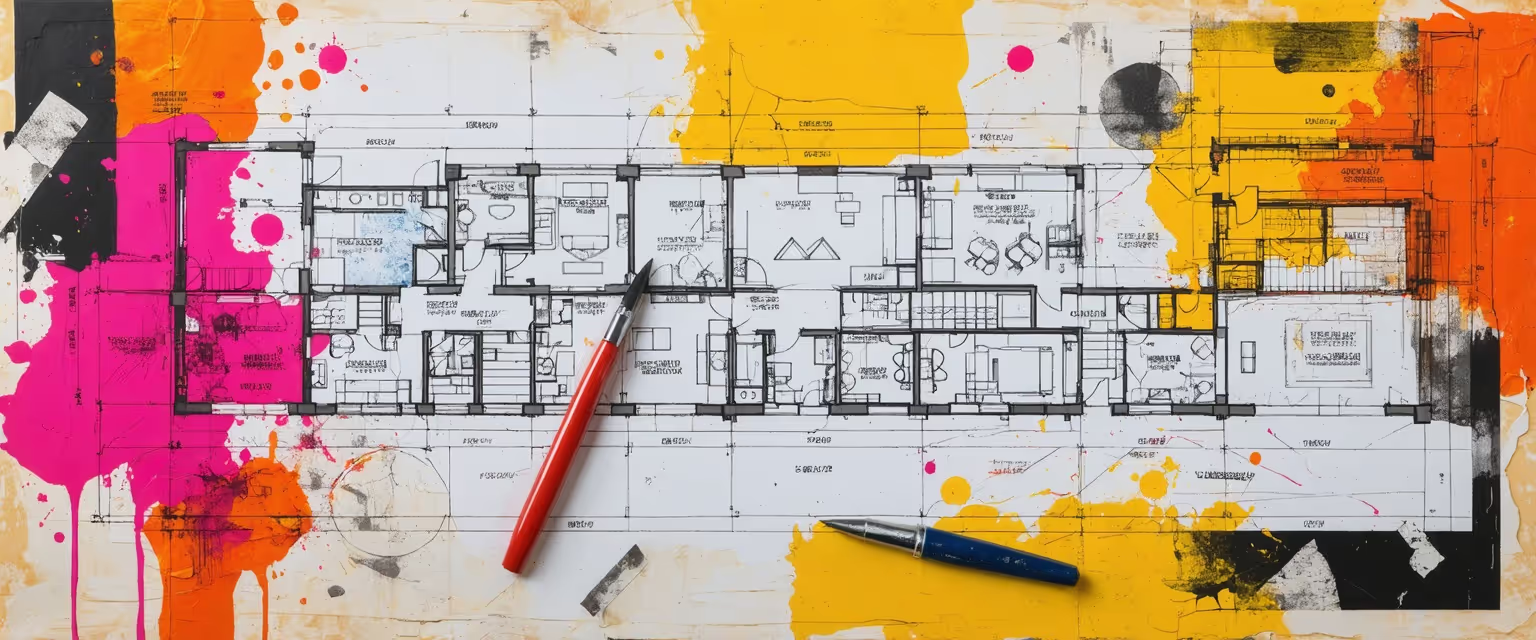All Posts
Construction - AI-Powered Construction Safety & Compliance
How AI Transforms Site Safety Compliance in Construction

Learn how AI automates site safety compliance in construction, easing challenges and boosting efficiency with automated monitoring. Explore AI's transformative role.
Managing site safety compliance in the construction industry is a daunting challenge. Constantly evolving regulations, limited resources, and difficulties in real-time monitoring leave project managers overwhelmed. Critical tasks like updating documentation, ensuring team communication, and tracking progress become less cumbersome when AI is implemented, reducing the risk of non-compliance and project delays.
These challenges demand a solution that addresses the complexities and streamlines the entire compliance process. This is where Datagrid's data connectors come into play. By automating routine tasks and seamlessly integrating core construction platforms, Datagrid empowers you to simplify site safety compliance and focus on driving your projects forward.
Challenges in Maintaining Site Safety Compliance
Dealing with site safety compliance means facing frequent regulatory changes, resource constraints, real-time monitoring hurdles, and communication barriers.
Frequent Changes in Regulations
Safety regulations in construction seem to shift constantly. Companies must adapt to these updates, requiring ongoing learning and process revisions to meet new standards. This constant evolution forces you to establish robust systems to track and integrate changes quickly. It's resource-intensive and time-consuming, demanding dedicated personnel and reliable channels to share new guidelines.
Resource Constraints
Limited resources significantly impact site safety compliance. Tight budgets often prevent sufficient investment in safety equipment, advanced monitoring technologies, and thorough training programs. The industry also faces a shortage of skilled labor—people essential for understanding and implementing detailed safety regulations. Financial constraints can lead to cuts in safety measures, prioritizing immediate project needs over long-term compliance.
Challenges with Real-Time Monitoring
Real-time monitoring on construction sites is tough due to constant activity and numerous simultaneous operations. Effective monitoring requires significant investment in technology and expertise to improve data validation accuracy. Without it, addressing issues before they escalate into compliance breaches becomes harder. The ability to track and respond promptly reduces accidents and keeps sites aligned with current safety standards.
Communication Barriers
Communication gaps can undermine compliance. A diverse, often multilingual workforce might struggle to interpret or implement safety guidelines, leading to errors and oversights. Achieving clarity requires multilingual materials, visual aids, and consistent communication from top to bottom—a real challenge in large or hierarchically structured teams.
How AI Automates Site Safety Compliance
Artificial intelligence is changing the game in safety compliance by automating processes and offering predictive insights that anticipate hazards. Predictive algorithms analyze historical safety data to identify patterns, helping managers take proactive steps to prevent issues rather than react after problems arise. This approach reduces workplace accidents by highlighting risks before they escalate.
Automation technology reviews documentation, tracks regulatory adherence, and identifies deviations from established rules, thereby streamlining data handling and enhancing efficiency. Managers spend less time on administrative tasks and more on strategic safety decisions.
Even with these advantages, many construction firms hesitate to adopt AI due to cost concerns and skepticism. Emphasizing broader benefits—from cost savings to avoiding project delays—is vital. Integrating AI into safety protocols extends to 360-degree cameras and AI-driven sensors that continuously scan for risks. This fosters a consistent safety mindset across projects and creates a more protective environment.
Key AI Tools for Automating Site Safety Compliance
AI tools are transforming how construction sites maintain safety standards and meet compliance requirements, allowing firms to streamline workflows. Here are leading examples of technologies that enhance safety in meaningful ways.
AI-Powered Cameras and Sensors
AI-powered cameras and sensors continuously scan for irregularities. They detect unsafe conditions like faulty machinery or missing protective gear and use algorithms to alert teams to potential issues. This allows for quicker preventive action, reducing incidents before they happen.
Predictive Analytics
Predictive analytics refine safety by reviewing historical data, current site metrics, and worker behaviors to forecast potential hazards. Managers can address issues proactively with real-time monitoring and targeted risk intervention.
Proximity Warning Systems
AI-driven proximity warning systems help prevent collisions and equipment mishaps. They alert operators and personnel when they're too close to danger zones, keeping crowded sites more organized and secure.
Computer Vision
Computer vision interprets video feeds to spot safety breaches like missing PPE or careless equipment handling, allowing supervisors to intervene quickly.
IoT Sensors
IoT sensors deployed across a site measure dust, noise, and temperature levels. AI analyzes these conditions in real time, triggering actions like activating ventilation systems or pausing work when thresholds are too high.
Benefits of Automating Site Safety Compliance
AI offers advantages that streamline compliance, reduce incidents, and enhance daily operations.
Enhanced Efficiency and Productivity
Automating repetitive tasks like scanning communication channels and sifting through regulatory documents boosts document review efficiency, letting managers focus on strategic safety considerations. This sharper focus boosts productivity across the project, redirecting valuable staff hours to higher-level planning.
Improved Accuracy and Real-Time Monitoring
AI systems excel at scanning large datasets and spotting issues quickly. Paired with AI-powered surveillance tools, they catch PPE violations or poor equipment use without delay. Self-improving algorithms become more accurate over time, reducing human errors and reinforcing safety. Real-time monitoring ensures potential safety hazards are addressed immediately, with automated alerts dispatched to relevant personnel.
Swift and Informed Decision-Making
By analyzing vast amounts of data and highlighting meaningful trends, AI facilitates quicker responses to potential dangers. Predictive analytics identify looming issues so teams can preempt them, strengthening both safety and project efficiency. AI systems equipped with Explainable AI (XAI) make decisions swiftly while providing clear rationale, boosting transparency and accountability in automated processes.
Cost Reduction
Using AI in safety strategies delivers significant cost savings. Automation reduces the manpower needed for routine monitoring and helps spot issues early, avoiding expensive regulatory fines and penalties. Keeping timelines intact guards against budget overruns linked to project delays.
Personalized Compliance Training and Collaboration
AI tailors training content to each employee's role, history, and knowledge gaps, creating more effective and focused learning. Routine tasks are handled by AI, freeing human expertise for complex decision-making and strategic oversight.
Challenges and Considerations
Implementing AI brings notable gains but also presents hurdles that organizations must address.
- High Initial Costs: Expensive acquisition of new technologies, software customization, and staff training. Smaller firms may struggle, but phased implementation can ease financial burden.
- Workforce Adaptation Needs: Requires training and reskilling. Employee resistance due to job loss fears or AI accuracy concerns can be mitigated by promoting AI as a collaborative tool.
- Integration Issues: Technical challenges in fitting AI into existing systems. Legacy setups may need updates or replacement. Careful planning and testing reduce disruptions.
- Resistance to Technology Adoption: Hesitation due to AI reliability concerns or job displacement fears. Demonstrating AI's value (e.g., time savings, cost reduction) can show its supportive role.
- Emerging Compliance Risks: Evolving legal landscape, especially in regulated sectors, demands ongoing monitoring. Explainable AI is crucial for maintaining trust.
How Agentic AI Simplifies Automating Site Safety Compliance
Imagine your construction management software—Procore, PlanGrid, or Autodesk BIM 360—connected seamlessly to an AI-powered platform like Datagrid. Project managers using Agentic AI in construction can handle documentation workflows and repetitive tasks, freeing up time for higher-level responsibilities.
Streamlined Documentation and Workflow
By automatically routing RFPs, submittals, change orders, and daily reports between integrated systems, Datagrid minimizes manual data entry and communication misfires. Managers stay informed without sifting through endless paperwork.
Smart AI Agents
AI agents process incoming bid documents, cross-reference current specs with historical data, and alert project managers to potential issues. They also track permit statuses and keep tabs on deadlines across multiple jurisdictions, acting like reliable teammates handling the routine so you can focus on critical decisions.
Intelligent Integration
Datagrid connects with tools like Microsoft Project and Primavera P6 for scheduling data and resource management, plus financial systems like Sage 300 or QuickBooks for real-time cost tracking. Centralizing these tasks removes the hassle of switching between platforms.
Enhanced Safety Compliance and Reporting
By tying into safety management systems, AI flags potential compliance gaps by monitoring incident reports, certifications, and worker qualifications. Automated alerts make it easier to maintain safe operations throughout a project's lifespan.
Boosting Communication and Progress Tracking
Datagrid keeps track of daily reports, schedule updates, and photos, generating progress evaluations automatically. It also integrates with tools like Slack or Microsoft Teams so updates—like RFI responses or safety incidents—reach the right people at the right time.
Simplify Site Safety Compliance with Agentic AI
Ready to transform your construction project management with AI-powered automation? Datagrid offers a robust solution:
- Seamless integration with Procore, PlanGrid, and BIM 360
- AI-driven RFP analysis and bid management
- Automated submittal and change order processing
- Real-time project insights and schedule optimization
See how Datagrid can help you increase process efficiency.











